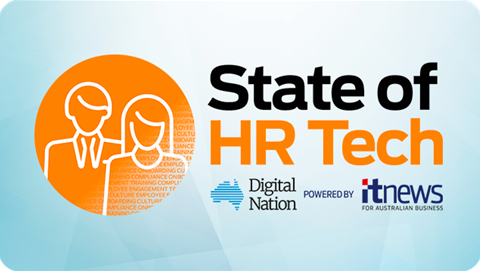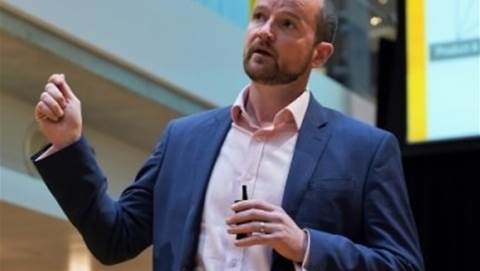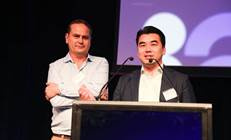ANZ Banking Group is in the "early stages" of transforming its workforce to meet head-on the challenges posed by the rise of digital technologies like AI and automation.

Tribe lead for talent and culture transformation Richard Howell told SAP HR CONNECT 2021 that the bank is focused on "continuing to develop and create opportunities for people" as the skills needed by most organisations undergoes a dramatic change in the next five years.
Howell noted there is both challenge and opportunity implicit in this change. Almost 100 new types of roles are expected to emerge between now and 2025, he noted.
That gave organisations like ANZ "a bit of time" to prepare their respective workforces for the future.
However, he noted that simply throwing money at the challenge was not enough.
"We're going to have to invest in multiple different types of strategies to make sure that we continue to win in the marketplace," he said.
Howell outlined several active strategies at ANZ, including a refresh of its approach to learning, and a new SAP SuccessFactors implementation to better track the learning needs and goals of its employees and to meet future movements in supply and demand for different skills within the bank.
The SuccessFactors deployment is still in its infancy, but Howell indicated the system would offer considerable value to the bank once bedded down.
"I see [the SuccessFactors] data as absolutely critical for us to drive much better processes around mobility of our people," Howell said.
He said that SuccessFactors promised a way "to capture the skills and experience of our people in a way that is transparent and visible" and to "profile the roles and the opportunity that we're able to give people in the organisation and use that essentially to match demand and supply [for skills] in a much more seamless way."
"That's going to be game-changing, we think, for a whole bunch of reasons: retention, putting the power in the employees' hands to manage their career, and through that being able to ... also determine where our skills gaps are and then develop learning and training pathways to to start to bridge those gap and give people opportunities to stay relevant as we move forward," Howell said.
"We see data in this space as being an absolute gamechanger."
Howell said ANZ is now realising the “power of an integrated set of applications” that will allow the bank to “innovate in a way that we haven't been able to before.”
This visibility and insight will enable employees to build skills "in a much more proactive way that makes them more effective with our customers".
In addition, the ability to capture the skills and experience of ANZ staff and match them to demand and supply in a more unified way is something ANZ is “really focused on [and] is pretty excited about.”
Howell said while ANZ has “done a lot of work over the last few years to build capability in many different areas”, it recognised there is still a long path ahead.
Already the bank is “heavily” investing in “thousands” of roles in its front-of-house, operations, and technology areas.
Howell added that employees whose roles are already evolving as a result of digital transformation are being involved directly in that change, where their domain expertise was invaluable in redesigning processes and systems.
He noted the bank's approach in the workforce space is informed by its broader purpose to create a world "where people and communities thrive".
“That's really leading us down a path of focusing on helping people thrive by building the skills they need to deliver today, to transform the bank but also be future ready," he said.
“That's the core of the way that we think about the skills challenge within ANZ.”
ANZ has previously transformed its workforce with the use of Agile methodologies across its operations, and is often held up as a case study for workforce transformation.


.png&h=140&w=231&c=1&s=0)

_(22).jpg&h=140&w=231&c=1&s=0)
_(20).jpg&h=140&w=231&c=1&s=0)



_(26).jpg&w=100&c=1&s=0)

 iTnews Executive Retreat - Security Leaders Edition
iTnews Executive Retreat - Security Leaders Edition












_(1).jpg&h=140&w=231&c=1&s=0)



